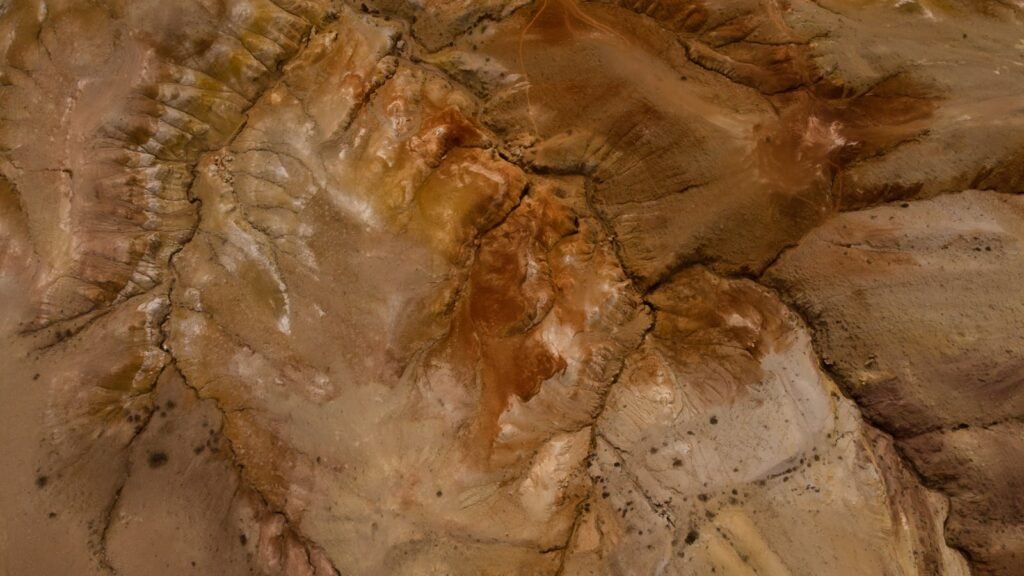In the realm of mythology, unicorns have long captured our imagination with their ethereal beauty and magical prowess. But what if I told you that these mythical creatures might have a root in reality? As whimsical as it may sound, fossils have revealed tantalizing clues about the existence of ancient creatures that bear a striking resemblance to the unicorns of legend. On this International Unicorn Day, let’s embark on a fascinating journey through time and science to uncover the truth behind these enigmatic beings.
The Mythical Unicorn: A Symbol of Purity and Grace

For centuries, unicorns have been depicted as majestic, horse-like creatures with a single spiraling horn protruding from their foreheads. They are often associated with purity, grace, and untamed beauty. Stories of unicorns have traversed cultures, from the European tales of medieval times to the ancient myths of India and China. These narratives have painted unicorns as elusive and mystical, capable of granting wishes or purifying water with a touch of their horn. However, the question remains: is there a real-world counterpart to these fantastical creatures?
Unveiling the Elasmotherium: The Real-Life ‘Unicorn’
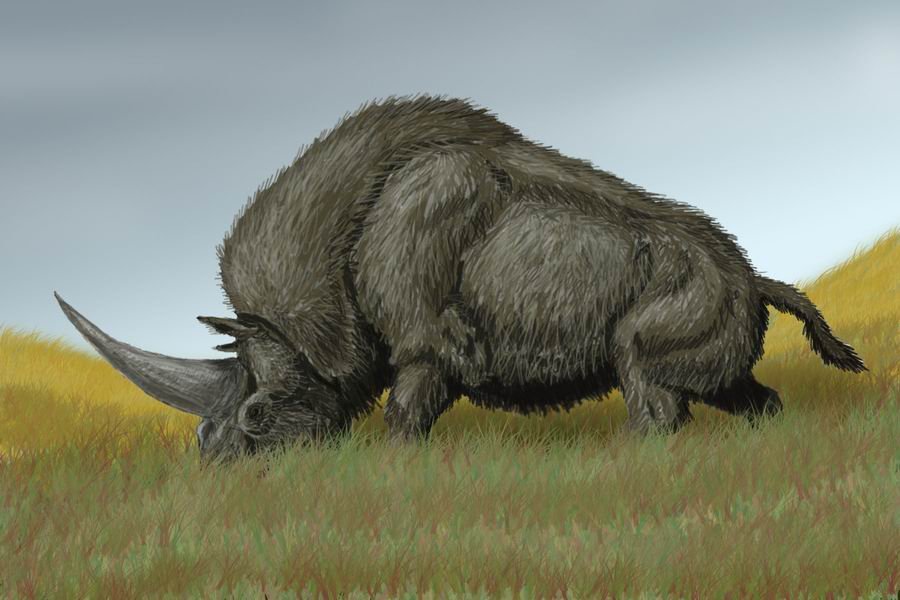
Enter the Elasmotherium, a prehistoric giant that roamed the Earth during the Late Pleistocene epoch. Often dubbed the “Siberian Unicorn,” this massive creature was not a horse but rather a member of the rhinoceros family. Fossil evidence suggests that the Elasmotherium had a large, single horn on its forehead, much like the mythical unicorn. Standing at over six feet tall and weighing nearly four tons, this beast was a formidable presence on the ancient steppes of Eurasia. Its horn, likely made of keratin like modern rhino horns, could have been used for defense, foraging, or even attracting mates.
Fossils: Our Window into the Past
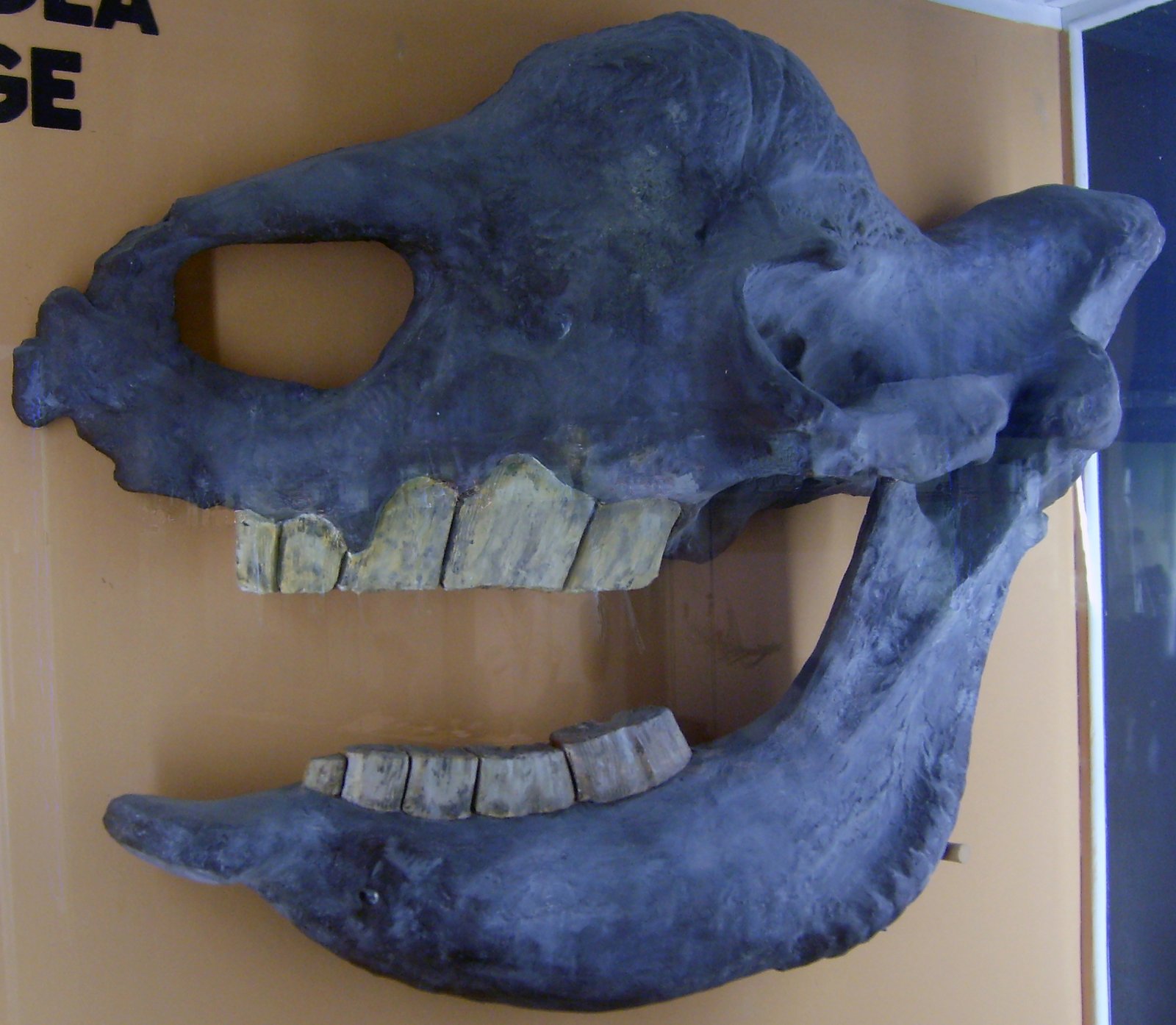
Fossils are the time capsules of our planet’s history, offering us glimpses into the lives of creatures that once roamed the Earth. The discovery of Elasmotherium fossils has been instrumental in piecing together the puzzle of ancient unicorns. By studying these remains, scientists have been able to reconstruct the appearance, behavior, and habitat of these prehistoric giants. Fossils provide tangible evidence that grounds mythical narratives in reality, allowing us to explore the intersection of legend and science.
The Role of Paleontology in Myth-Busting
Paleontologists play a crucial role in debunking myths and uncovering the truth behind ancient legends. Through meticulous excavation, analysis, and interpretation of fossils, these scientists have been able to separate fact from fiction. In the case of the Elasmotherium, paleontologists have shed light on the creature’s existence and its potential influence on unicorn myths. By understanding the morphology and ecology of this prehistoric animal, researchers can draw parallels between ancient narratives and real-life counterparts.
Could the Elasmotherium Have Inspired Unicorn Myths?
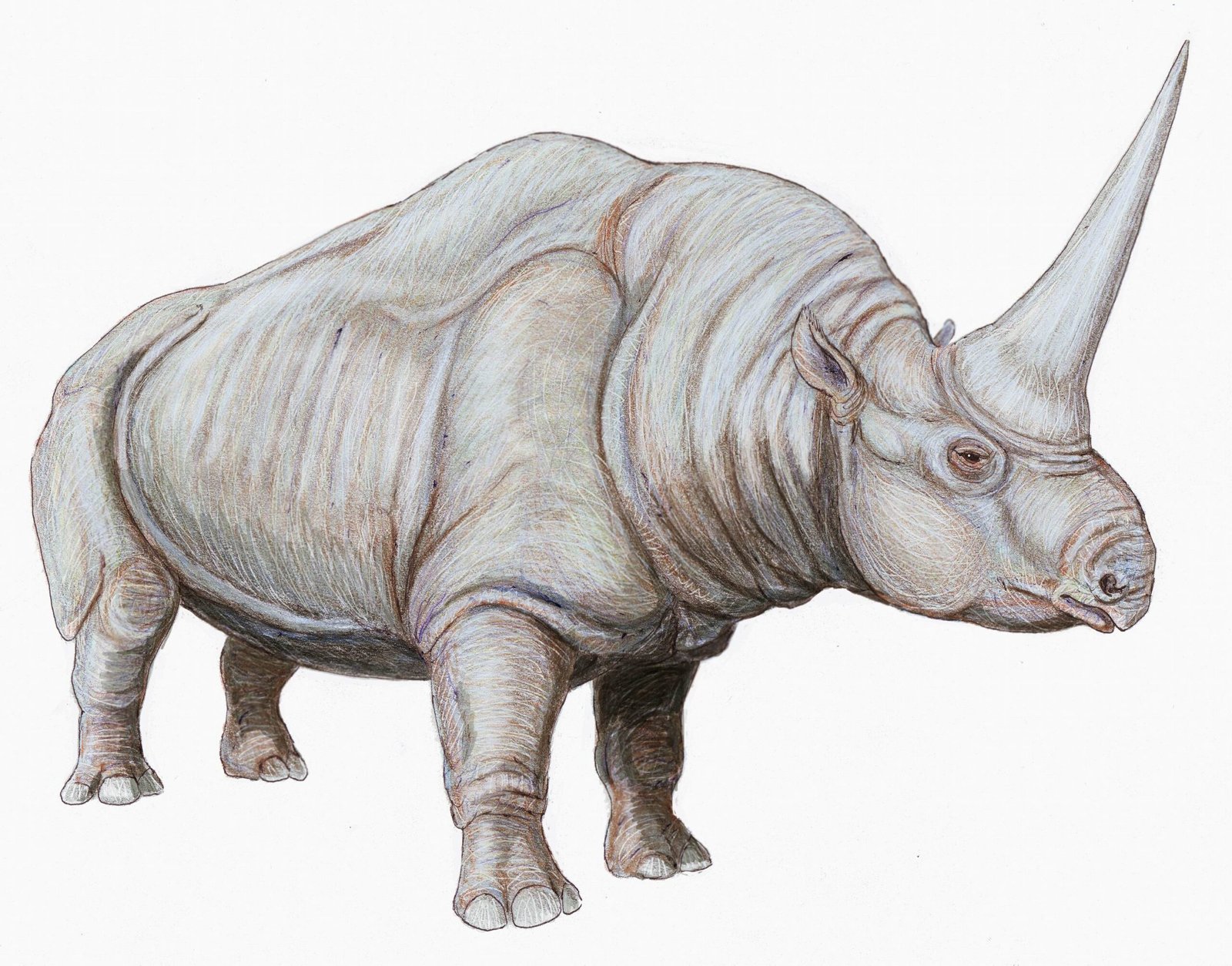
The resemblance between the Elasmotherium and mythical unicorns raises intriguing questions about the origins of these legends. It’s possible that ancient humans, upon encountering the remains or living specimens of the Elasmotherium, wove stories around these awe-inspiring creatures. The discovery of a large, singular horn might have fueled imaginations, giving rise to the enchanting tales of unicorns. While we may never know the exact origins of these myths, the Elasmotherium stands as a compelling candidate for the real-life inspiration behind them.
The Science Behind the Horn
The horn of the Elasmotherium is a subject of great interest to scientists. Composed of keratin, the same protein found in human hair and nails, this horn was a remarkable adaptation. Its function remains a topic of debate among researchers. Some propose that it was used for combat or defense against predators, while others suggest it played a role in courtship rituals. The horn’s structure and purpose offer insights into the evolutionary pressures faced by the Elasmotherium and the ecological niche it occupied.
Lessons from the Past: Conservation and Biodiversity
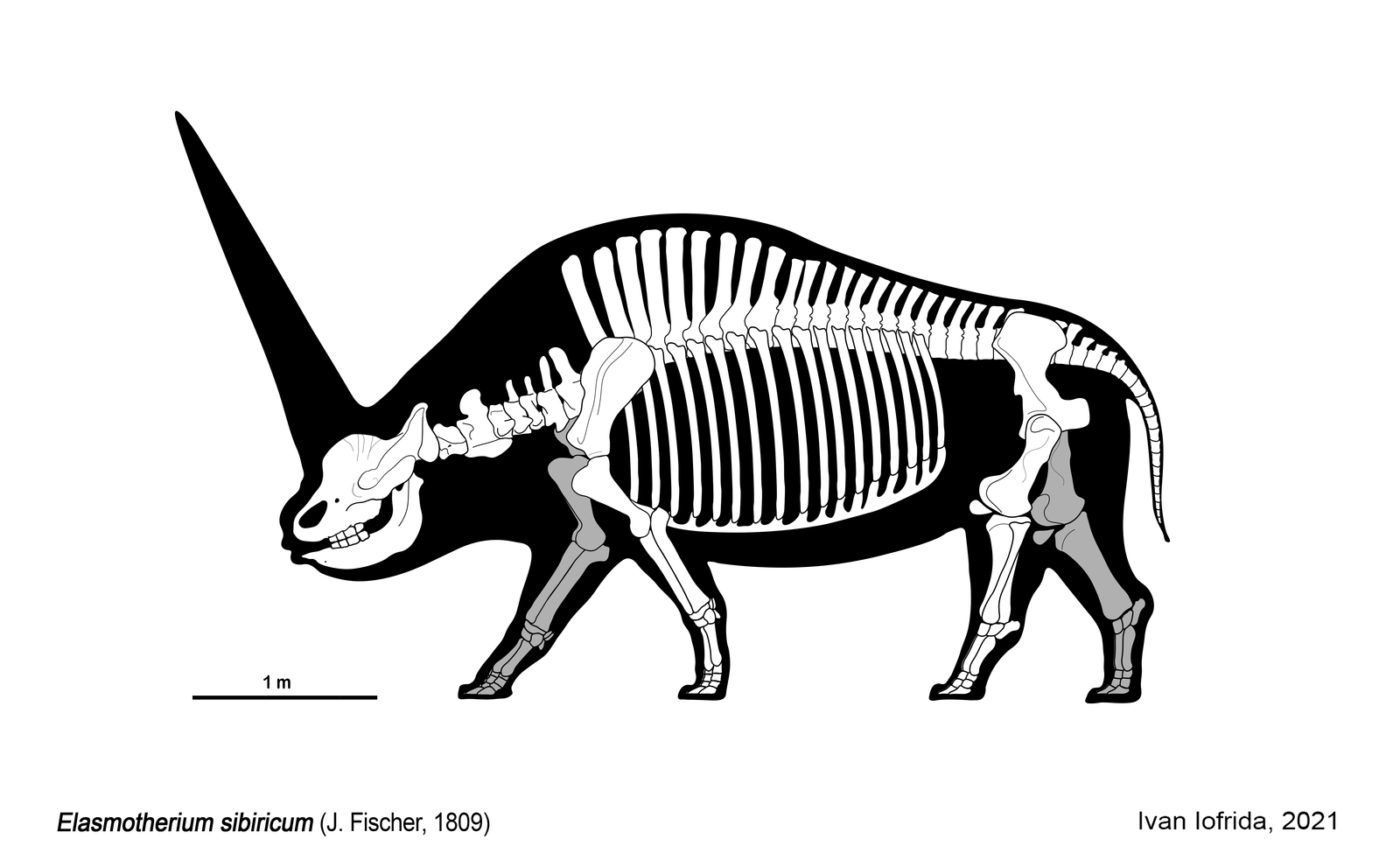
The story of the Elasmotherium serves as a poignant reminder of the fragility of life on Earth. Like many prehistoric giants, this creature eventually succumbed to extinction, likely due to climate changes and human activities. As we celebrate International Unicorn Day, we are reminded of the importance of conserving biodiversity and protecting endangered species. The lessons of the past urge us to be stewards of our planet and ensure that the wonders of the natural world are preserved for future generations.
Unicorns in Modern Culture
Despite their mythical status, unicorns continue to captivate our imaginations in modern culture. From children’s books and movies to fashion and art, these enchanting creatures have become symbols of fantasy and wonder. Their enduring presence in popular culture reflects our innate desire to believe in the extraordinary and find magic in the world around us. Unicorns remind us that the boundary between reality and imagination is often blurred, and that sometimes, the most incredible stories have roots in truth.
The Future of Unicorn Research
As paleontologists continue to unearth new fossils and refine our understanding of ancient creatures, the story of the Elasmotherium and its connection to unicorn myths will likely evolve. Advances in technology and research methods may uncover more details about the lives of these prehistoric giants, offering fresh perspectives on their role in shaping human folklore. The journey of discovery is ongoing, and each new finding adds another layer to the rich tapestry of our planet’s history.
Reflecting on the Magic of Science
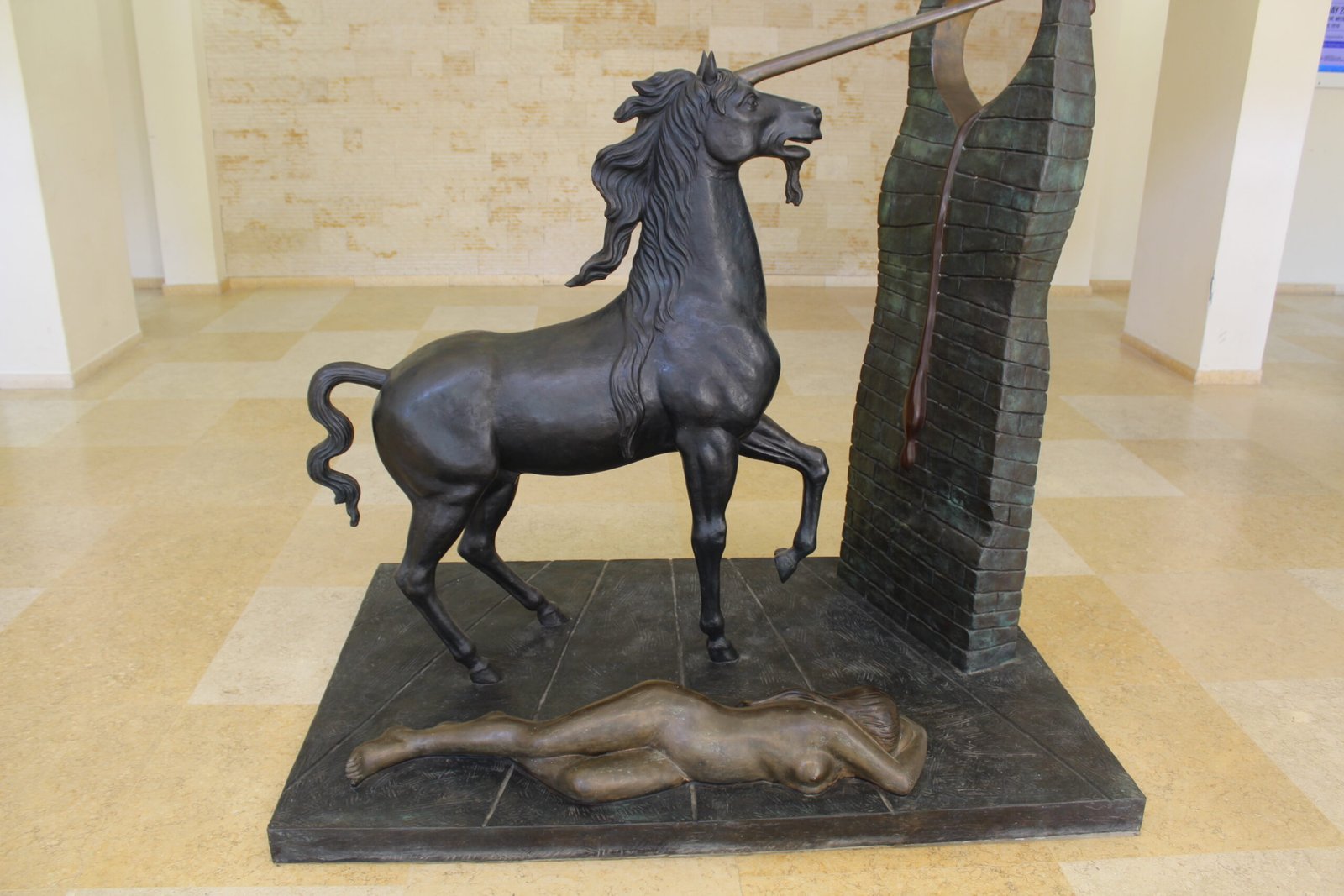
The tale of ancient unicorns is a testament to the power of science to illuminate the mysteries of the past. It reminds us that behind every myth, there is often a kernel of truth waiting to be uncovered. As we celebrate International Unicorn Day, let us embrace the wonder of discovery and the magic of science. In a world where reality and fantasy often intertwine, the story of the Elasmotherium stands as a beacon of curiosity and inspiration. What other secrets does the Earth hold, waiting to be revealed by the diligent hands of science?

